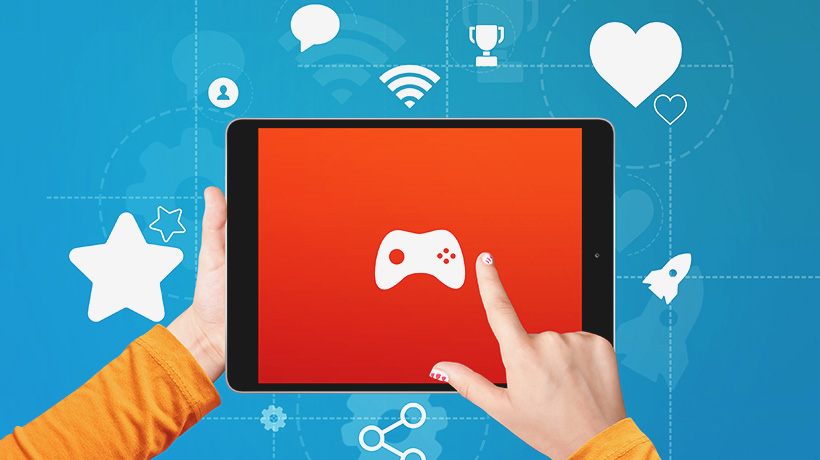
The Challenge
Getting and keeping employees engaged in learning is an ongoing challenge for most businesses. Training programs that are static and event-based come across as large, boring and intrusive to people’s daily work. Organizations need to do a better job at driving the adoption of learning programs, as well as reinforcing and supporting the concepts and skills the learning is trying to build. There are several key elements characteristics L&D teams can bring into their learning programs to make them more effective. The learning should:
- Be engaging
- Provide opportunities to try and fail
- Provide reinforcement of key concepts
- Give learners a sense of accomplishment or mastery
- Include collaboration with peers
- Offer some kind of reward or recognition
An aspect of learning that can deliver on all of these points but is often overlooked is gamification. It is passed over for seeming frivolous or gimmicky, but when leveraged properly, gamification can really drive results.
The Rethink
Gamification touches on many critical points that make learning successful. Far from being frivolous, game-based learning injects elements of fun, play and competition in pursuit of serious results. Within the context of a learning program, gamification can:
- Encourage strategic thinking
- Provide an opportunity for practice learning
- Enhance learner motivation among disengaged learners
- Promote healthy competition
- Improve self-direction and independent thinking
- Foster collaboration
- Afford a safe environment for learning through experimentation and trial-and-error
- Help develop a spirit of patience and persistence among learners
There are two approaches when it comes to gamification in learning. First, there is the practice of adding gamification elements to existing learning content. This can include awarding points for completing certain steps, publishing a leaderboard for learners to compare progress, or providing badges or achievements for “leveling up.”
The second approach is game-based learning, where the learning occurs as the learner plays an actual game. These could be as simple as a word search or a matching exercise or as complex as an action-based video game.
Both approaches are effective and have their own use cases. In either case, understanding the impact game mechanics can have as a learning tool is important to ensure they are being used properly. Not only can they provide a contrast to more formal, traditional eLearning content, but games are also more closely and clearly tied to specific learning objectives, making them more relevant and contextual.
The Recommendation
What Brandon Hall Group Says About EI’s Solution
EI has a comprehensive understanding of game-based learning and gamification and they work with clients to design programs that fit their needs. They can repackage an organization’s existing content with gamification elements to make it more engaging and promote critical thinking. At the same time, however, EI knows that games are not the right solution in every case, so they work with clients to find the right fit.
It starts with identifying the right strategy. EI design aligns their gamification approach to the expectations of the client’s learning program. These can include improved motivation, improved engagement, or more rewarding experiences. This is how they know which games or gamification elements will make the most sense. Some examples of this alignment include:
- Driving learner engagement – Use challenges and rewards
- Motivating learner performance – Use leaderboards, badges, and points
- Promote healthy competition – Us group points and leaderboards
An organization cannot implement any gamification strategy without a solid understanding of employee knowledge needs. EI always begins its approach with this kind of needs analysis. It is also important to understand the behavior change that is required. This will determine what kind of game or game mechanics are used and how. Instructions for the games must be clear and concise to ensure a positive experience.
EI uses proven gamification approaches and techniques to achieve successful gamification, including focusing on longer-term gamification which can include gaming apps, VR integration, microlearning, and personalized gaming challenges. Ultimately, their approach to game-based learning is driving learner adoption, engagement, retention and performance.
David Wentworth, Principal Analyst, Brandon Hall Group



